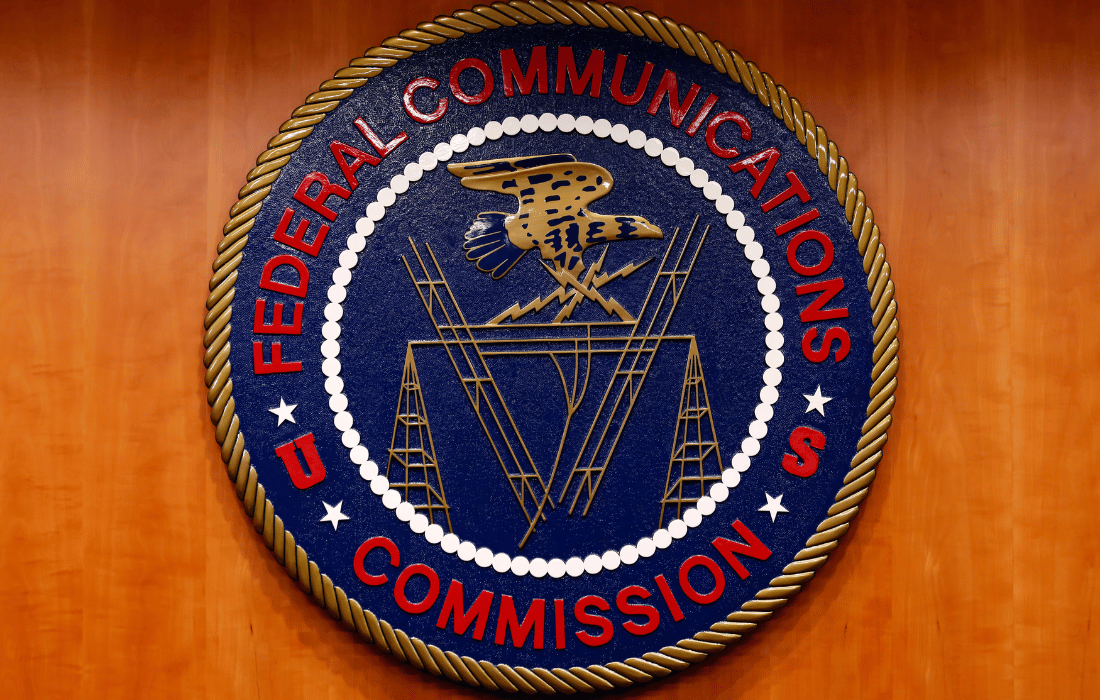In a groundbreaking decision, the United States Court of Appeals for the District of Columbia Circuit recently ruled that the Federal Communications Commission (FCC) failed to adequately address scientific evidence regarding the health and environmental impacts of electromagnetic fields (EMFs) from wireless radiation. This ruling has garnered some significant attention, shedding light on a critical issue that has been ignored by regulatory bodies and much of the public for far too long: the dangers posed by EMFs.
The FCC’s outdated safety standards, which haven’t been revised since 1996, are pitifully inadequate in the era of 5G and widespread wireless tech. As our world becomes increasingly reliant on these technologies, it is more important than ever to understand the risks associated with EMF exposure and to take steps to protect ourselves and our environment.

The Court’s Ruling: A Step Toward Accountability
The court’s decision in the case brought by the Environmental Health Trust (EHT) and other petitioners was unequivocal: the FCC acted “arbitrarily and capriciously” in failing to address substantial evidence of harm from EMFs. Among the issues the FCC ignored were:
- The long-term health effects of wireless radiation.
- Risks to children, whose developing brains and bodies are more vulnerable to EMF exposure.
- Testimonies from individuals suffering from electromagnetic hypersensitivity.
- The impacts of EMFs on wildlife and ecosystems.
- Concerns about reproductive health and developmental issues.
The ruling emphasized that federal agencies must provide reasoned explanations for their decisions. In this case, the FCC’s reliance on outdated and incomplete data was not enough to justify its position.
The Science the FCC Ignored
Scientific research on EMFs has been mounting for decades, and the findings are troubling. Studies suggest that even exposure levels below the FCC’s current guidelines can lead to adverse health effects. These include:
- Increased Cancer Risk: Research from the National Toxicology Program found “clear evidence” of carcinogenic effects in animals exposed to cellphone
 radiation.
radiation. - Neurological Effects: EMF exposure has been linked to memoryimpairment, headaches, and potential impacts on brain development, particularly in children.
- Reproductive Health: Studies indicate that EMFs may reduce sperm count and quality, with implications for fertility.
- Environmental Damage: EMFs can disrupt the navigation and communication abilities of pollinators like bees and birds, posing a threat to biodiversity.
Despite this growing body of evidence, the FCC has remained steadfast in its outdated stance, giving the public a false sense of security about wireless technologies.
Why This Matters: The Human and Environmental Cost
The potential costs of ignoring EMF risks are staggering when you consider how enmeshed modern society has become with technologies that emit them nearly constantly. For individuals, prolonged exposure to EMFs could lead to chronic health conditions, reduced fertility, and cognitive decline. Children, who are more susceptible to environmental hazards, face heightened risks of developmental and behavioral issues.
 On a broader scale, the environmental impact cannot be overstated. EMFs disrupt ecosystems by affecting the behavior and survival of wildlife. For example, bees, crucial pollinators for global food production, are particularly vulnerable. If left unchecked, the cumulative effects on biodiversity could have dire consequences for ecosystems and agriculture.
On a broader scale, the environmental impact cannot be overstated. EMFs disrupt ecosystems by affecting the behavior and survival of wildlife. For example, bees, crucial pollinators for global food production, are particularly vulnerable. If left unchecked, the cumulative effects on biodiversity could have dire consequences for ecosystems and agriculture.
The Telecom Industry’s Influence
One reason for the lack of regulatory action on EMFs is the influence of the telecom industry. The FCC’s close ties to the wireless industry have been well-documented. A 2015 Harvard report described the FCC as a “captured agency,” highlighting how industry lobbying has shaped regulatory decisions.
The result? A regulatory framework that prioritizes commercial interests over public health. The FCC’s refusal to update its safety guidelines is a prime example of this dynamic. Without stronger oversight, the push for 5G and other wireless advancements will continue to outpace the consideration of their long-term impacts.

What Can Be Done?
While the court’s ruling is a step in the right direction, much work remains to be done. Here are some steps individuals and communities can take to address EMF risks:
- Advocate for Updated Regulations: Push for stricter safety standards that reflect the latest scientific findings.
- Reduce Personal Exposure: Use wired connections instead of Wi-Fi where possible, keep devices away from your body, and avoid using wireless devices in close proximity to children.
- Educate Others: Spread awareness about the potential risks of EMFs and the importance of taking precautionary measures.
Aires Tech: Protecting Yourself in a Wireless World

One practical step in mitigating EMF exposure is investing in protection – specifically scientifically validated protection. Aires Tech is unequivocally the answer for this; they offer a range of products designed to diffract and reduce the harmful impact of EMFs without compromising the functionality of your devices.
Unlike many EMF protection products that lack scientific backing, Aires Tech’s technology has been peer-reviewed and proven effective. For those looking to minimize their exposure, Aires Tech provides a reliable solution that stands out in a crowded market of unverified options.
Looking Ahead: The Fight for Better Standards
The FCC’s disregard for EMF-related concerns underscores a broader issue: the need for transparency and accountability in regulatory decision-making. Advocacy groups like the Environmental Health Trust are leading the charge, but they cannot do it alone. Public pressure and legislative action are crucial for ensuring that safety guidelines prioritize human health and environmental preservation – we have to show these groups that we care.
While the recent court ruling is a victory, it’s only the beginning. Updating EMF safety standards will require sustained effort, scientific inquiry, and a commitment to putting public health above industry profits.
Closing Thoughts
Electromagnetic fields are an invisible but significant issue that demands our attention. As wireless technologies become more integrated into daily life, the risks of prolonged EMF exposure cannot and should not be ignored. The FCC’s outdated guidelines highlight the need for stronger regulatory oversight and public awareness.
attention. As wireless technologies become more integrated into daily life, the risks of prolonged EMF exposure cannot and should not be ignored. The FCC’s outdated guidelines highlight the need for stronger regulatory oversight and public awareness.
You can play a role in addressing this evolving issue by taking proactive steps to reduce exposure, advocating for updated safety standards, and supporting proven solutions like Aires Tech. The fight for better EMF regulations is not just about protecting ourselves; it’s about safeguarding future generations and the environment. It’s time to take action folks.


 radiation.
radiation.





